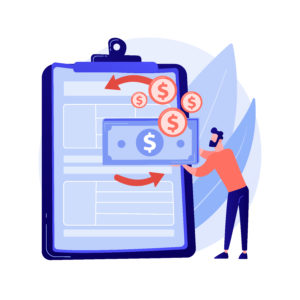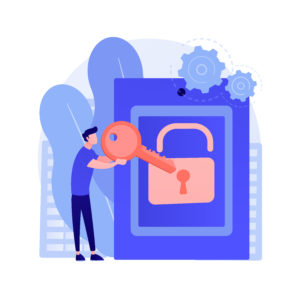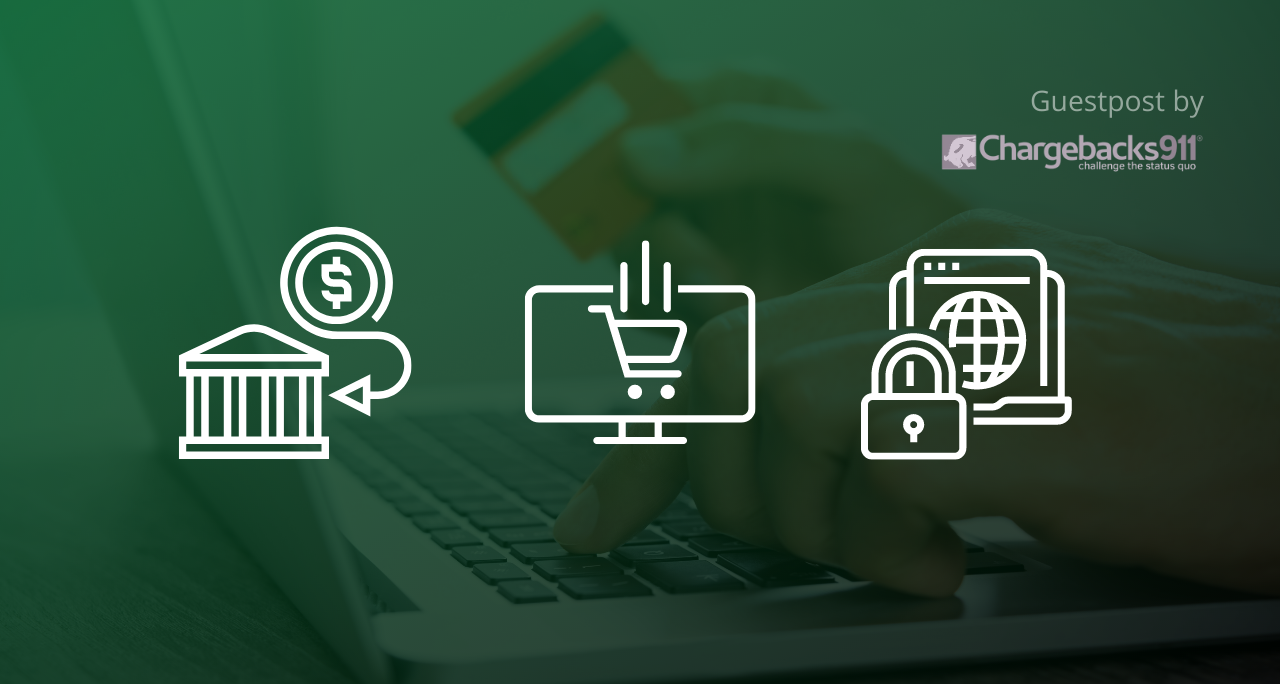Operating in the card-not-present environment offers many lucrative opportunities for merchants. Unfortunately, those opportunities come alongside risks.
Chargebacks are nothing new. The process was introduced decades ago as an important consumer protection mechanism to ensure that cardholder have some recourse in the event of fraud or abuse.
Chargebacks can come into play if a cardholder finds an unauthorized transaction on their statement, or if the goods that arrive at their doorstep don’t reflect what was promised at the time of purchase. In either of these situations, the cardholder could be entitled to file a chargeback (assuming they’ve already tried to address the issue directly with the merchant first).
The character of the chargeback process has shifted considerably with the rise of eCommerce, click-and-collect, and other card-not-present channels, though. Nowadays, chargebacks are used as a tool to commit fraud more often than to prevent it.

Friendly Fraud is Taking Over
“Friendly fraud” may refer to any invalid use of the chargeback process. For instance, a cardholder might suffer buyer’s remorse and decide to file a chargeback to recoup their funds. Or, the buyer might see a legitimate transaction on their billing statement that they don’t recognize, assume it’s fraudulent, and file a chargeback. In some rare cases, the cardholder might even complete a purchase with the intent to file chargeback later; basically, the cardholder is trying to “get something for free.”
The cardholder’s motivation is totally different in all three of those scenarios, but the end result is the same. If the cardholder successfully disputes the charge, that means you, as a merchant, lose the revenue from the sale, plus any merchandise shipped. You also lose the cost of overhead charges like shipping and interchange fees, and get hit with a chargeback fee to cover the bank’s administration costs.
Chargebacks add up over time. Each of the major card brands have their own predetermined chargeback thresholds; if you breach these thresholds, you might end up in a (very expensive) chargeback monitoring program. In extreme cases, you might end up on the MATCH (Member Alert to Control High-Risk Merchants) List, which could make you ineligible for a standard merchant account.
The fact that friendly fraud operates by hiding behind false chargeback claims is what makes it so difficult to prevent. Each chargeback comes with a reason code that’s meant to explain the reason for the dispute. However, you can’t rely on these reason codes because any one of them could be friendly fraud in disguise.
Many Chargebacks Are Preventable
Given the risk posed by chargebacks, it’s vital that you try to prevent these payment disputes whenever possible. But how?
You might be surprised to learn that, according to internal data from Chargebacks911, friendly fraud will account for up to 61 percent of all chargebacks by 2023. However, the data also suggests that between 20-40 percent of all chargebacks could be prevented.
It’s helpful to think about chargeback sources as a kind of spectrum. You could be dealing with totally-preventable merchant abuse on one extreme, and totally-unpreventable deliberate chargeback abuse on the other. In the middle, there is a wide expanse of chargebacks that may be prevented with the right approach.

The key is to address some seemingly-minor internal issues that can trigger disputes, while implementing best practices to keep chargebacks from happening. Chargebacks911 has identified more than 100 potential errors that can cause chargebacks, and published a digital guide offering dozens of tips to help protect against disputes.
Here are ten of the most common mistakes that merchants make, along with key tips as to how you can avoid them:
#1. Unclear Return Policies
Confusing return policies are among the most common reasons why cardholders file chargebacks. A cardholder might return an item, but then never receive a refund because the item was ineligible for a return. If the buyer doesn’t know that, though, they’ll almost definitely file a chargeback.
Customers need to know which items are eligible for returns before completing their purchase. Thus, your return policy needs to be very clear and concise, as well as intuitive. If any special conditions apply, i.e. some items are not eligible for a return, that needs to be explained in very plain language.
#2. Customer Service Missteps
It can be easy to think that an exchange is over once you ship out the customer’s goods. There are a lot of touchpoints with customers before, during, and after a transaction, though. Failing at any one of these points could lead to a dispute.
Providing live, round-the-clock customer service across multiple channels (phone, email, and social media) is one of the best things you can do to prevent chargebacks. If an immediate live response is unavailable, the cardholder should get an autoresponse letting them know that their inquiry has been received, and when to expect and answer.
#3. Fulfilment & Shipping Delays
Like your return policies, you should set clear expectations among buyers regarding eCommerce fulfillment and shipping. These policies should be clearly-displayed on each product page, along with a shipping estimate and multiple carrier options.
Customers should know what to expect regarding delivery method and shipping timeframes. Also, any delays that come up during this process need to be conveyed immediately. It’s probably wise to include a caveat about potential delays around high-volume times, like the weeks leading up to the holidays.

#4. Poor Product Descriptions
You want to convey an accurate, honest impression of each product to buyers. This will create a positive brand image and make buyers feel that they can trust you, while also ensuring against the possibility of chargebacks resulting from products that don’t live up to customers’ expectations.
Providing detailed written descriptions of each product on your site is recommended. This should be accompanied by multiple high-res images on each product page that show the item from multiple angles, and which also illustrate size and scale. Anticipate questions that buyers might often ask and include an FAQ section to answer these.
#5. Skipping Tracking & Delivery Confirmation
Let’s say that your customer places an order, but they’re experiencing a shipping delay. That buyer is much less likely to file a chargeback if they can use tracking information to verify where the package is at any given time.
Tracking and delivery confirmation can both help to reassure buyers about the status of their goods in transit. Also, delivery confirmation can be a valuable piece of evidence if you need to fight a chargeback claim through the representment process, so I recommend it for high-dollar value items.
#6. Not Optimizing Your Billing Descriptor
Your billing descriptor is the brief line that appears on your customer’s statement to help identify a transaction. If your customer can’t identify you based on your descriptor, then they may suspect a transaction is fraud and file a chargeback.
Ensure that both the soft descriptor (the temporary one which appears on the cardholder’s statement for a few days) and the permanent or “hard” descriptor give the customer all the information they need to know. It should include your business name, website URL, and contact information. A brief description of the product is also a good idea.
#7. Insufficient Fraud Detection
Using one or two tools to identify criminal fraud is not enough. Bad actors have a lot of tactics at their disposal to commit fraud, and you need to have dynamic, multilayer strategy in place to fight back.
There are dozens of tools you can deploy, including Address Verification Service (AVS), 3-D Secure technology, geolocation, velocity limits, and fraud blacklists, just to name a few. These should all be backed by fraud scoring, which allows for simple up-or-down automatic decisioning on transactions based on predetermined indicators.

#8. Mismanaging Recurring Payments
Offering subscriptions is a great way to see reliable, sustained income from month to month. It also presents some risks, though; cardholders can sometimes dispute subscription charges, rather than cancel the service through the proper channels. In these cases, the issuer may overturn all transactions dating back to the beginning of the service.
You can prevent this by being proactive about maintaining relationships with customers throughout the term of service. Give customers regular reminders before billing dates and inform them of any upcoming changes to their rates or to the service itself. Finally, make cancelation easy, quick, and painless. While you obviously don’t want customers to cancel their service, a cancelation is far better than a chargeback.
#9. Having a Lax Attitude Toward Industry Rules & Regulations
There are a number of chargeback reason codes that are dedicated specifically to transaction errors. Processing a transaction without a valid authorization can result in a chargeback, for example, as can submitting a late presentment.
You can avoid these disputes by adhering to all rules and requirements as laid out by the card networks. Stay up-to-date on any changes to these rules and be sure to alter your practices and procedures as needed.
#10. Not Training Employees to Prevent Chargebacks
Your workforce is your primary line of defense to prevent chargebacks. Any misstep can result in a problem; for instance, if employees don’t adhere to data security best practices, or PCI compliance standards, it could result in a fraud incident tied to business email compromise (BEC). Alternately, if a cardholder contacts your customer service department, but employees aren’t given up-to-date information on how to handle a specific inquiry, it could lead to a chargeback.
Be sure that all employees have the most current, relevant information on how to prevent fraud and chargebacks. You can provide periodic refreshers to make sure that everyone’s knowledge and skillsets remain sharp over time.

Prevention is the First Step
Here’s the simple truth: you won’t be able to prevent every chargeback that comes your way.
Every merchant has to deal with a determined fraudster or an irate customer from time to time. That said, there’s no reason to accept chargebacks that could easily be prevented by taking simple steps on your part.
Comprehensive chargeback management demands an approach based on preventing disputes wherever possible, then fighting all illegitimate chargeback claims through the representment process. You can’t identify an illegitimate chargeback until you’ve ruled out the possibility of all other chargeback sources, though. That’s why prevention must come first.
About the Author

Harlan Hutson has spent the past 12 years focused on solving real world problems in payments and security; first as an eCommerce merchant, and then as Co-Founder of an authentication company. In his role as Chargebacks911’s Director of Strategic Partnerships, he is now focused on solving the chargeback problem for some of the largest companies in the world.





